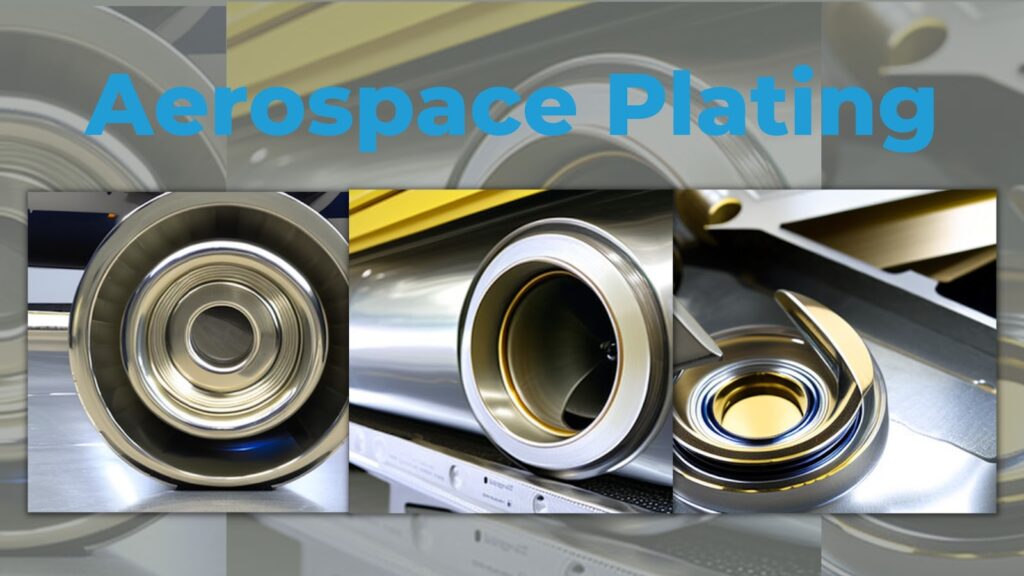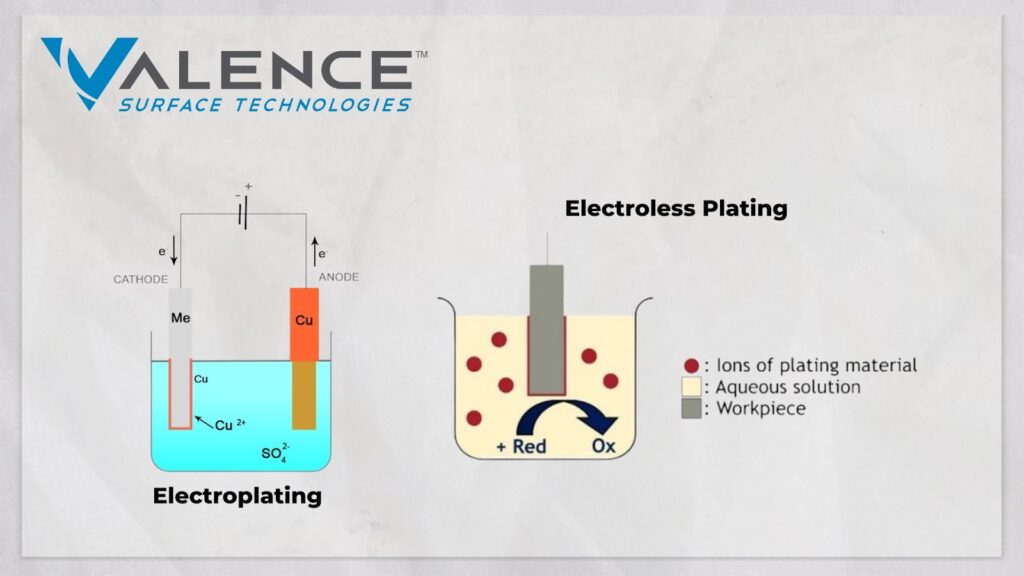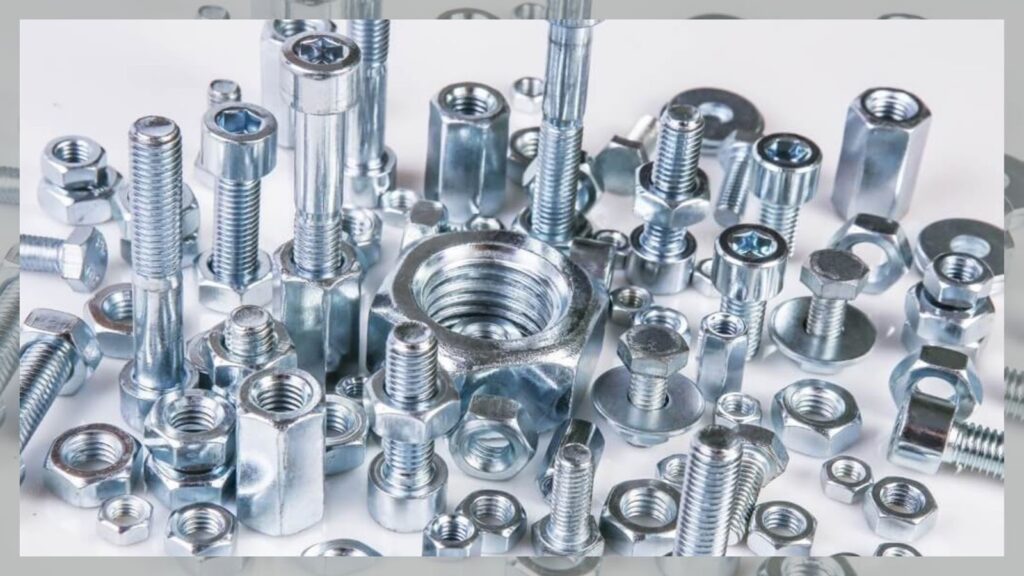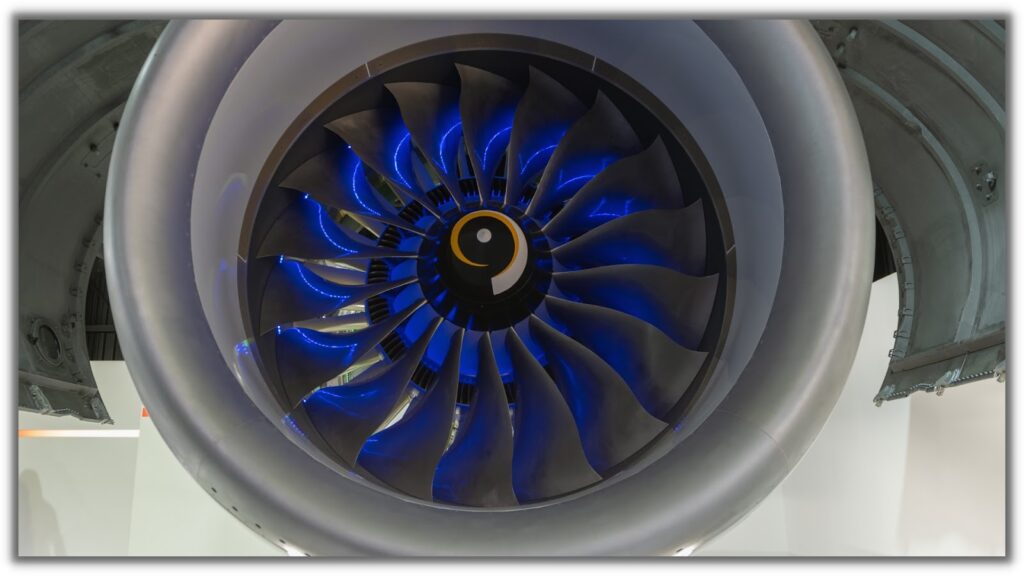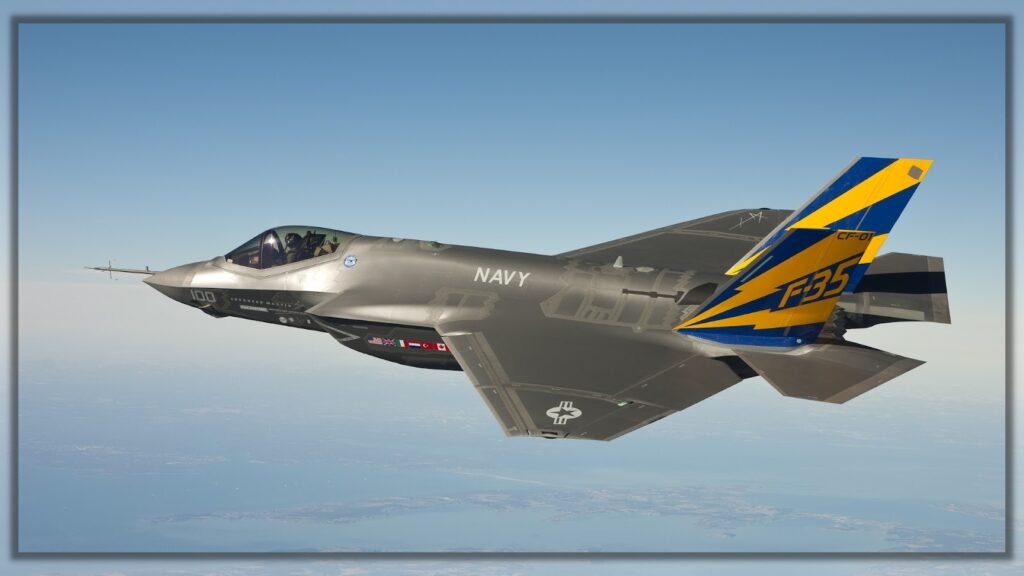The aviation industry today is a multi-billion dollar industry. Millions of dollars are spent manufacturing and procuring aircraft, not to mention the safety measures that need to be in place. Materials used in this application are subject to harsh conditions that threaten their integrity.
Plating represents one technique used to protect aviation metals from these harsh conditions, thereby increasing their lifespan and minimizing the risk of failure in service.
In this article, we will discuss aviation metal finishing, why it is important, the two major types of metal finishing, and what to look out for when choosing a metal finishing company.
Why Is Metal Finishing In Aviation Important?
Most modern aircraft are constructed primarily from titanium and its alloys. Titanium is highly prized for use in aerospace crafts due to its low density, high strength, and lightweight properties. Other commonly used metals include steel, aluminum, and magnesium.
Despite being essential to the production of aircraft, these metals do have some drawbacks. However, at high temperatures, these metals are vulnerable to oxidation, corrosion, and decomposition. As a metal finishing process, aircraft plating is used to protect aerospace metals from various threats to their integrity.
The two primary plating methods are electroplating and electroless plating. The process of electroplating involves covering a metal surface with ions of another metal using a technique known as electrodeposition.
Benefits Of Either Type Of Aerospace Plating Include:
Resistance To Heat
Metal plating increases the heat resistance of products, particularly when using a silver-plating process, which has a very high heat threshold. Due to this benefit, metal finishing is a preferred option in the aviation and automobile industries, where exposure to high temperatures is inevitable.
Increased Durability
Metal finishing makes metals stronger and harder, increasing the product’s endurance. For this reason, copper and chrome plating are frequently used in industrial settings on things like tools, hydraulic cylinders, and mechanical goods. This is crucial for the aerospace industry in particular because replacing aircraft parts after a failure in service can be expensive.
Enhanced Appearance
A number of techniques, such as silk screening, e-coating, powder coating, anodizing, and plating, can be used to finish metal. The process’s greatest benefit, regardless of the technique employed, is the enhancement of the metal product’s overall aesthetic.
The process aids in removing any jagged edges, cleaning, and smoothing the surface. The finished product may have a matte, glossy, or textured surface. In addition to removing unsightly and potentially harmful burrs, this sophisticated technique can also be used to remove a variety of other surface flaws. Changeable decorative options include glass beading, metal polishing, color application, and personalized metal plating. The enhanced appearance is also followed with overall:
- Improved corrosion protection
- Enhanced strength of the metal substrate
- Increased resistance to high temperatures
- Component longevity
- Enhanced electrical conductivity
- Increased resistance to oxidation
- Aesthetic appeal
What Are The Two Major Methods Of Metal Finishing?
There are several metal finishing methods. However, the two most common are “Electroplating” and “Electroless Plating”.
Electroplating
Electroplating, also known as electrodeposition, involves the deposit of a metal or metal alloy onto the surface of a substrate. A liquid with dissolved ions of the metal and substrate is used as a “bath,” through which an electric current is run. The item acts as a cathode, drawing the metal ions present in the plating bath to it. Prior to plating, a pretreatment procedure is frequently used. This procedure usually entails cleaning, rinsing, and stripping.
Rack plating, where the components are attached to a jig, and barrel plating, where numerous smaller components are tumbled inside a barrel-shaped cage, are two common bulk electroplating techniques.
Plastic and other non-metallic materials can be coated with electroplating in addition to metallic surfaces. However, this procedure is very challenging to master and calls for specialized plating knowledge.
Electroless Plating
Similar to electroplating, electroless plating involves submerging the substrate in a liquid solution that contains the desired metal, most frequently nickel or copper. The manner in which the deposition takes place is what distinguishes them. The metal coating is applied chemically, as opposed to electrically. The plating bath typically contains the source metal in addition to a complexing agent to maintain the metal solution and different chemicals to maintain stability and extend bath life.
Finishing Services For Aerospace And Aviation
Valence is the only independent surface finishing company to offer a full suite of integrated finishing solutions strategically located to support commercial, military, and satellite manufacturing hubs across the United States.
Commercial Aviation Finishing Service
The commercial aviation market is at record production levels, and the major prime contractors have historically high backlogs. We have earned the reputation of being the preferred supplier on such major programs as the Airbus 350 XWB, Airbus A320neo, Boeing 737MAX, and the Boeing 777X. Click here to learn more.
Defense/ Military Aviation Surface Finish
The U.S. Department of Defense is introducing a new generation of fighters, aerial tankers, and bombers, and we have major roles on such key programs as the Lockheed Martin F-35, Boeing KC-46A Tanker, and the Northrop Grumman B-21 Long-Range Bomber. Additionally, we provide mission-critical support to existing programs such as the Lockheed Martin F-16 and Sikorsky Blackhawk and the Boeing F-18 and Apache. Click here to learn more or get a quote.
Satellite Manufacturing
Space markets are undergoing a renaissance with the development of new launch vehicles and mushrooming growth in new satellite constellations. We are excited about our key roles on virtually every satellite program in the free world, including the One Web Constellation.
Valence Surface Technologies provides many different finishes for parts that are used in the space and satellite industries. The processes can range from an electroless nickel to gold and silver plate and more. Many of these processes are crucial to the function of the components, so precise application is critical.
To meet the specific needs of the satellite industry and its requirements, Valence has created special processing procedures. With a low turnover rate in our plants, our specially trained staff—from maskers to processes and inspectors—often has decades of experience. We have the staff and high-quality equipment to meet the demanding requirements and are well known for plating satellite wave guides.
Click here to learn more or get a quote.
What Chemicals Are Used In Metal Finishing?
Surface Finishing utilizes a variety of chemical substances contained in process tanks to electroplate or treat parts. Nitric acid, chromic acid, hydrochloric acid, ammonia, sulfuric acid, hydrofluoric acid, sodium hydroxide, and phosphoric acid are typical chemicals used in surface finishing processes. These chemicals must be contained in order to protect workers from exposure and to stop equipment and building structures from corroding. They can emerge from the process tank’s surface as a gaseous vapor or mist.
To keep them from leaking into the environment, the chemical emissions must also be under control. This is accomplished by using a local exhaust ventilation system and an efficient control mechanism, such as a chemical scrubber or mist eliminator.
Aviation Metal Finishing Case Uses
A wide range of aerospace components, such as airframes and engines, electronic housings, landing gear, turbine blades, actuators, bearing journals, bushing bores, flap tracks, and axles, can be selectively plated. Different deposits will be used for different applications depending on the component being plated.
Corrosion protection
The most frequent application of cadmium is as a sacrificial barrier on support lugs and landing gear. The need for post-baking is eliminated, and repairs can be made in-place with little to no disassembly.
Refurbishment
For dimensional restoration of inside or outside diameters on components like end bell housings and bushing bores, MRO applications use nickel or sulfamate nickel. With little masking or disassembly, parts that are out of tolerance from wear or improper machining can be plated to size in thicknesses ranging from.0002″ to.0300″ per side.
Cadmium replacements
Most importantly, for airlines looking for alternatives to cadmium deposits, selective plating, valence processes offer multiple solutions. While detailed studies show these alternatives do not perform well in either tanks or thermal spray application, they deliver excellent results via selective plating, offering superior sacrificial corrosion protection for steel by combining the barrier protection of tin with the galvanic protection of zinc.
Anodizing
Selective anodizing doesn’t produce heat like tank anodizing does. Technicians can replace worn-out or damaged hard coat using selective anodizing without running the risk of dimension loss or anodic coating removal from re-machining.
Choosing The Best Aviation Plating For You
The aviation industry has some of the strictest standards for quality, consistency, and validated processes of any industrial sector—and for a good reason.
Even the smallest stamped and plated electronics component can and will have an impact on the safety of an aircraft, its occupants, crew, and payload.
Reliability, robustness, and resilience are essential. The most demanding conditions must be overcome by components with plating that is only a few microns thick: friction, atmospheric corrosion, and high temperatures.
In the combustion chamber of a typical commercial jet engine, fuel is burned at up to 2,000°C. Additionally, the air temperature varies from -40°C to -57°C between 30,000ft and 42,000ft, which is the cruising altitude of the majority of airplanes.
The following are questions you should answer when considering an aviation plating company to work with.
Can the plating company meet the varied demands of the aerospace subsectors?
There is no “one size fits all” approach to offering efficient solutions to challenging aero-engineering problems, despite the global accreditation requirements for the aerospace industry.
Subsectors such as general aviation, large civil aircraft, commercial space, unmanned aircraft systems, rotorcraft, airport infrastructure, and aviation security have particular requirements. This demands that the company doing the stamping or plating pay close attention to detail. So be sure that the company can offer all the aviation services you would need.
Can the plating company meet the added demands of military aviation?
Demands for military aircraft are significantly higher than those for commercial aircraft. A fighter jet with a Mach 2.8 top speed and a commercial airliner that flies between airports are completely unrelated.
Additionally, in the world of military aviation, a fighter’s requirements are far more stringent than those of a military transport airlift when performing 9G vertical zoom climbs (or a refueling tanker based on a civilian airliner). Be sure that the plating company can meet the demands of the military aviation industry.
Conclusion
In order to get the best out of any aviation metal finish, it is important to consult only reputable experts. Valence is the industry leader in quality for precision components in the aerospace, satellite, electronics, and medical device industries. With unique selective plating and precision masking techniques for critical plated components, we are the leading plater for satellite and UAV applications, including a proprietary process for precision internal plating of waveguides.
We offer integrated honing and grinding capabilities to complement our cadmium and chrome plating. Check out the Valence process for more information on services and capabilities with your next project.
FAQs
What is the difference between plating coating and anodizing coating?
Anodizing transforms the substrate into the coating, whereas plating causes the metal in the solution to deposit directly onto the surface. The processes of plating and anodizing can be compared to painting a piece of wood black and charring it, respectively. Anodizing can be thought of as a particular kind of conversion coating.
If the stripper does not corrode the substrate, you can remove the coating from plating without changing the size of the substrate. If you remove the coating from a conversion coating, you will remove some base material and change the size of the original part. More material will be removed from the surface as the conversion coating becomes thicker because more of the base material was converted.
Which other coatings belong to conversion coating?
In addition to anodize coating, other conversion coatings include chem-film (chromate on aluminum), chromate on cadmium plating, phosphate on steel, and passivation on stainless steel. However, those conversion coatings are chemical conversion coatings that are produced by chemical reactions on the substrate’s surface. These coatings differ from anodizing in that they cannot be grown to be thicker and do not require sealing as a result of the fact that they cannot be thicker. The changes in dimension caused by these conversion coatings are typically minimal.
What does passivation do to stainless steel?
In addition to anodize coating, other conversion coatings include chem-film (chromate on aluminum), chromate on cadmium plating, phosphate on steel, and passivation on stainless steel. However, those conversion coatings are chemical conversion coatings that are produced by chemical reactions on the substrate’s surface. These coatings differ from anodizing in that they cannot be grown to be thicker and do not require sealing as a result of the fact that they cannot be thicker. The changes in dimension caused by these conversion coatings are typically minimal.
